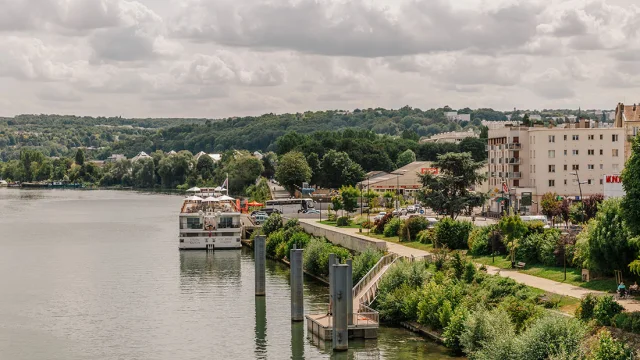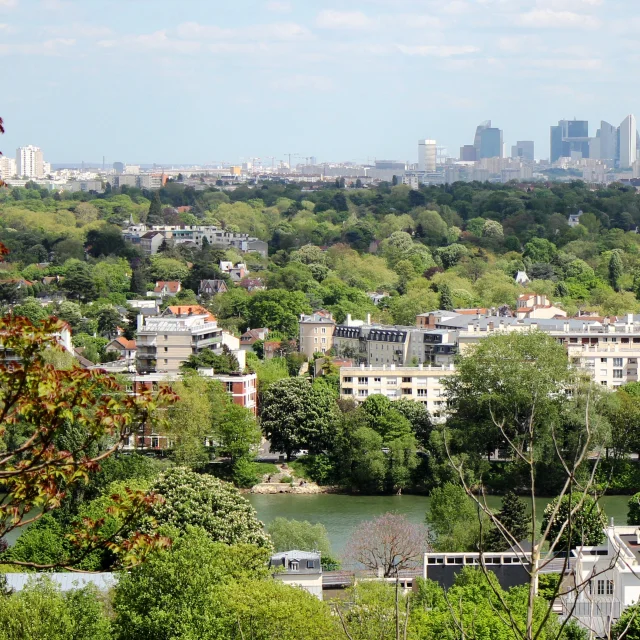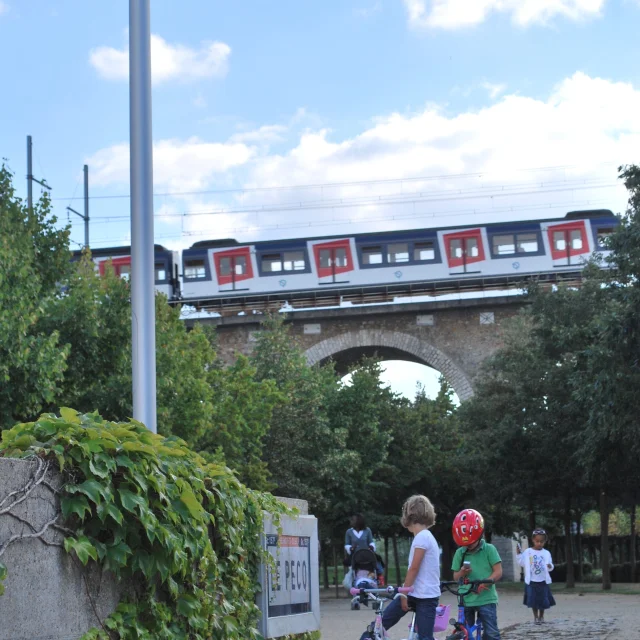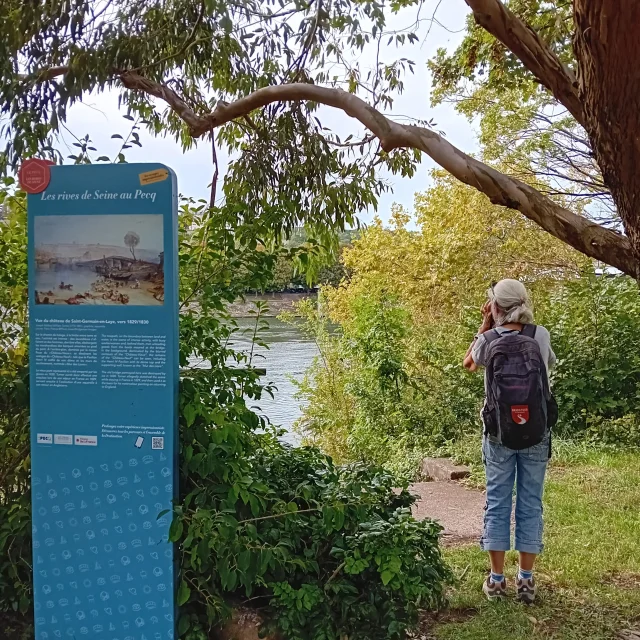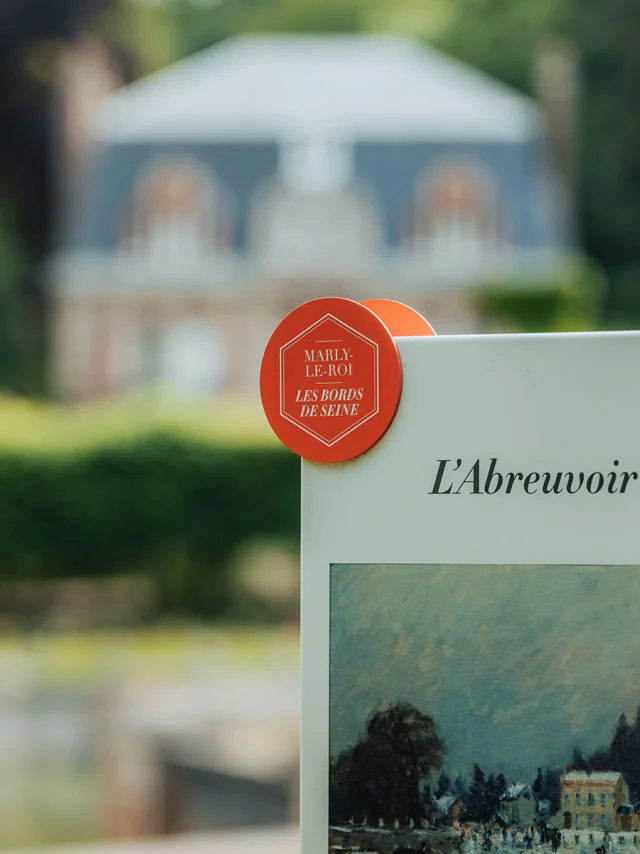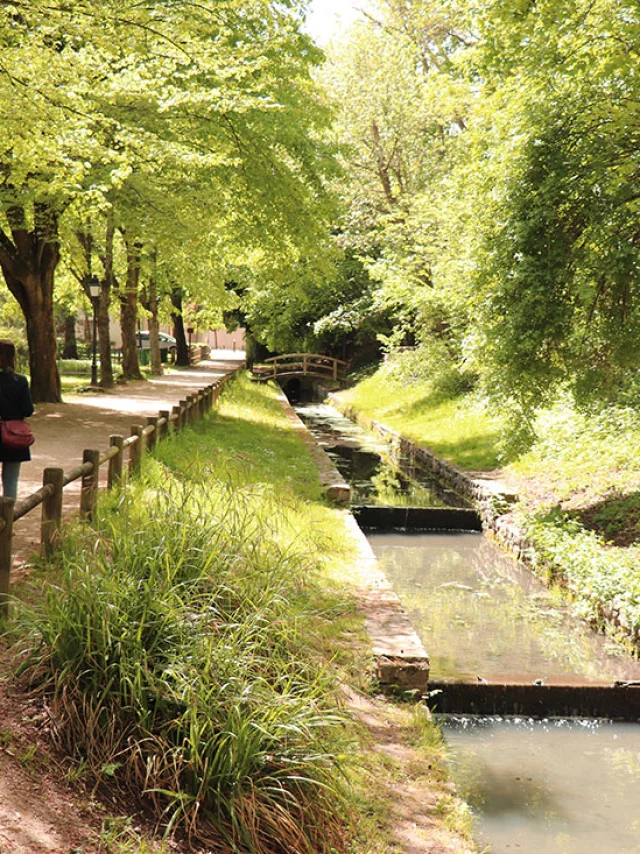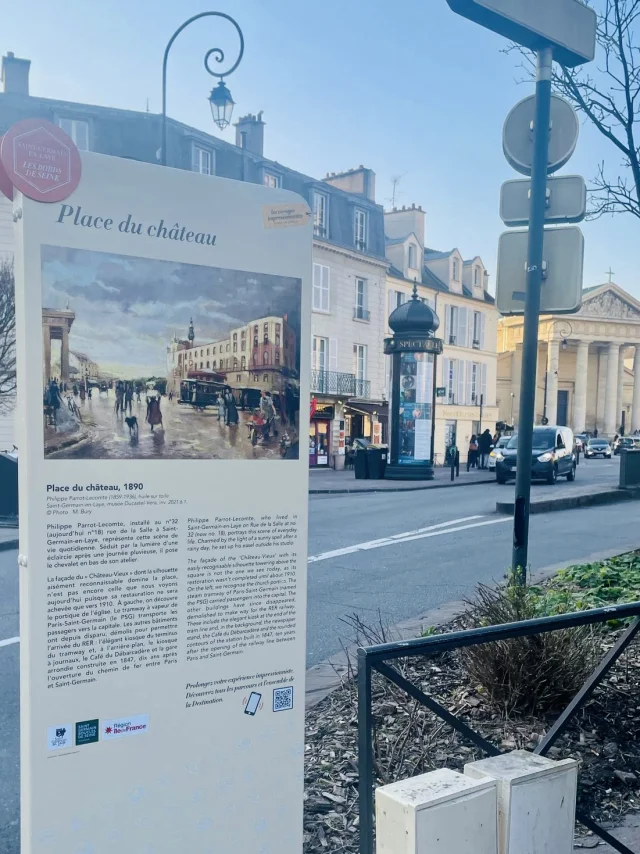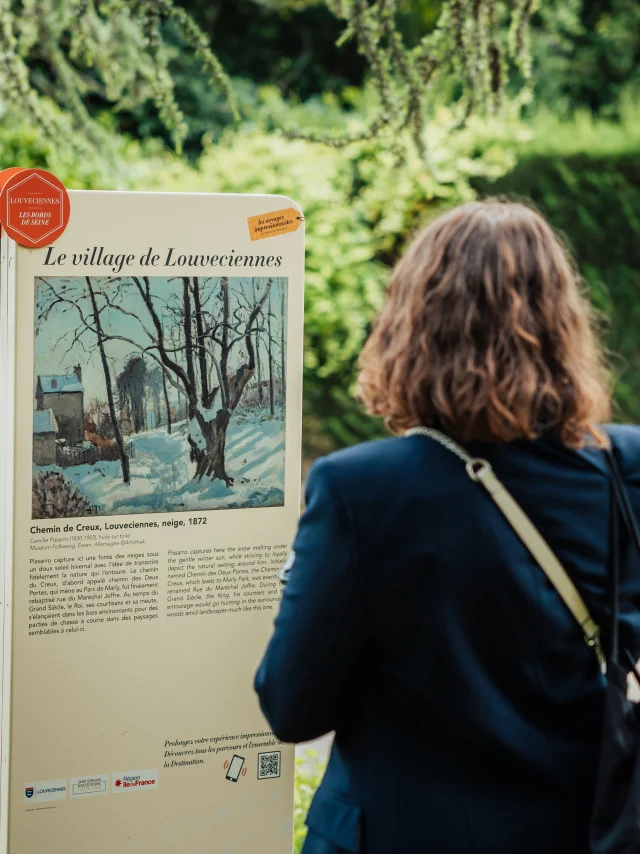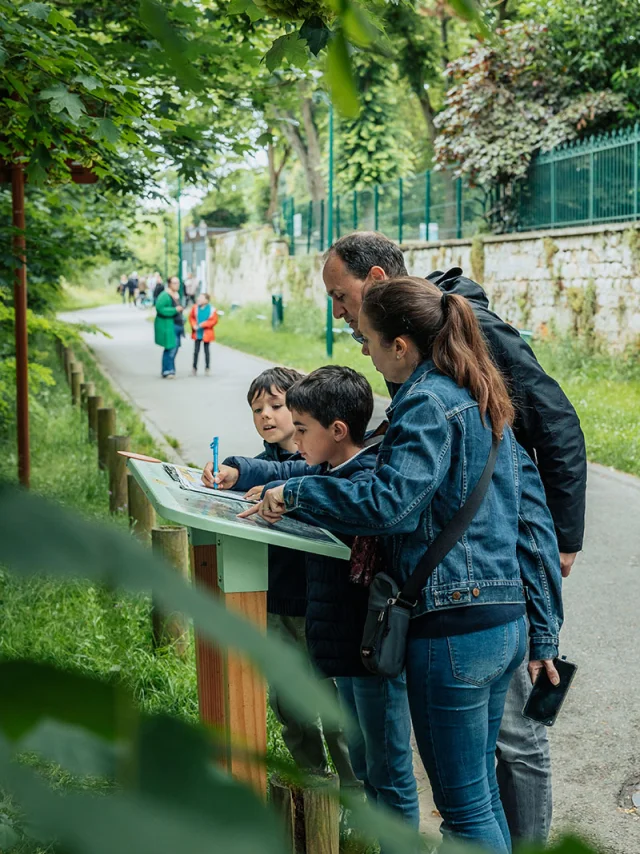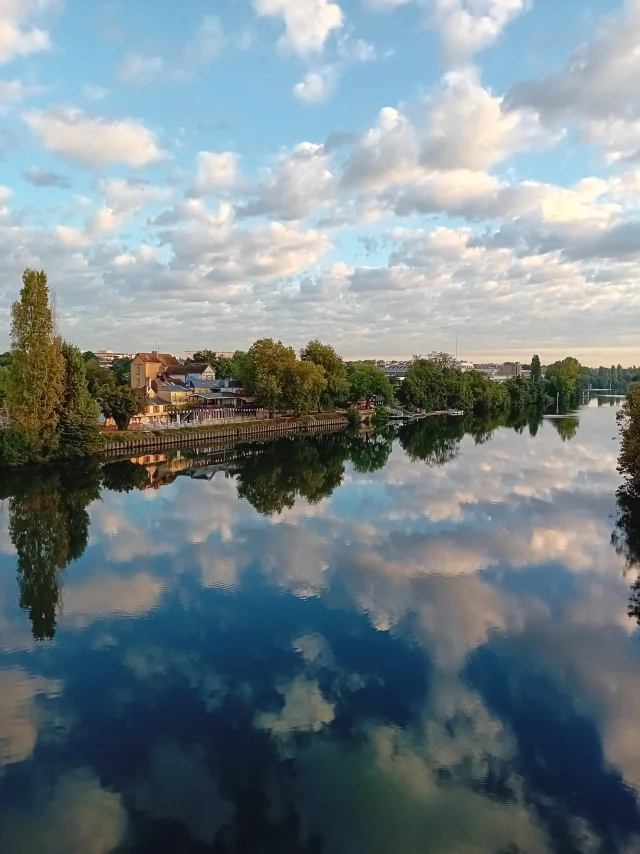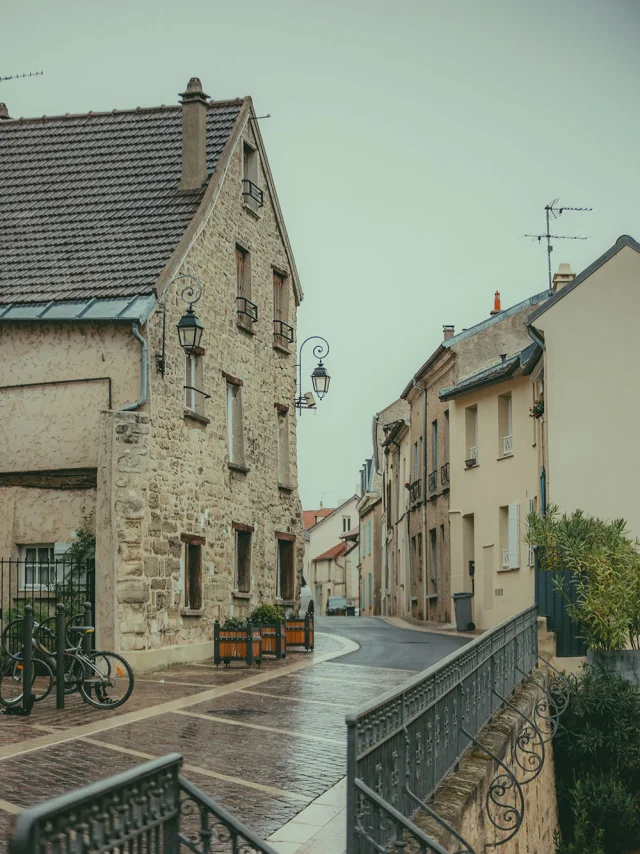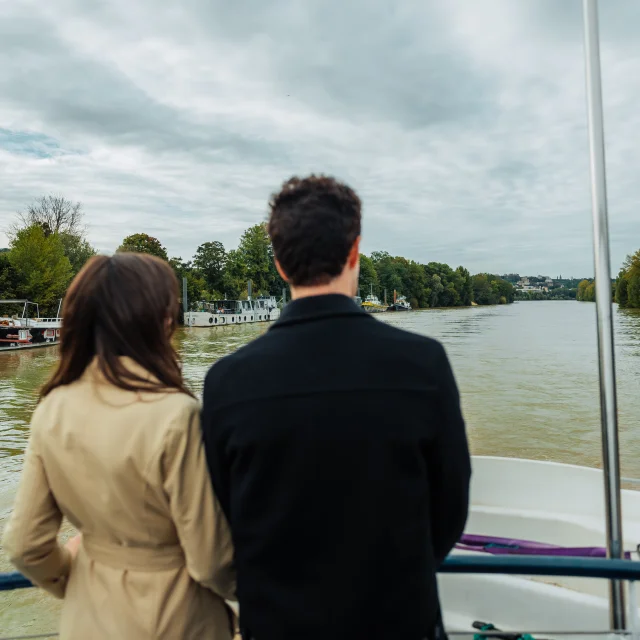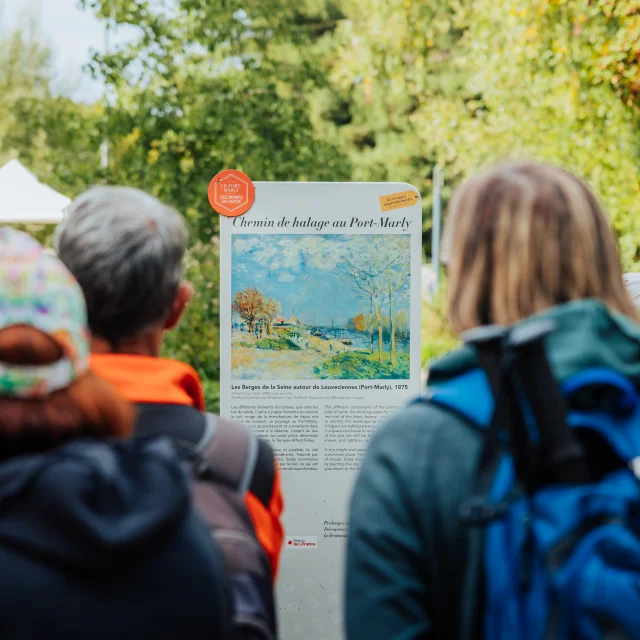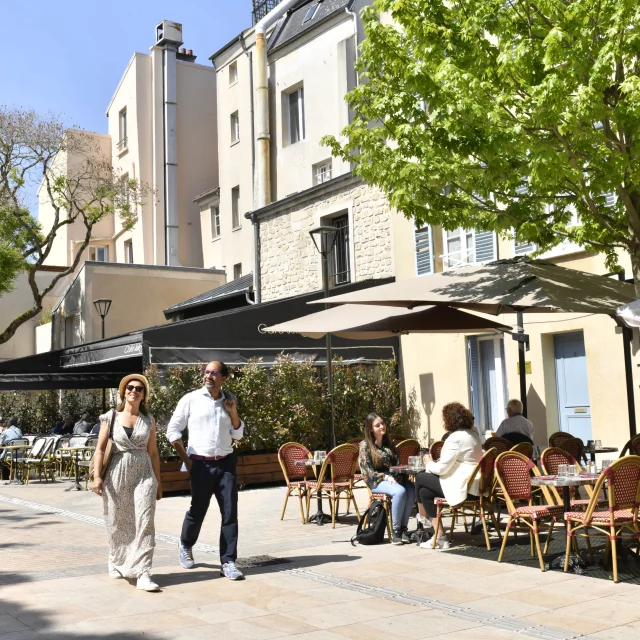On 24 August 1837, France’s first passenger line was created: the Paris – Saint-Germain line. For 10 years, the station was set up in Le Pecq before the line actually reached Saint-Germain. This innovation led to a number of changes in the town, including the construction of two large bridges over the Seine and a very long viaduct. The station was located, on the banks of the Seine, at the corner of Route Royale n°190 and Quai de l’Orme de Sully.
In addition to the change in the urban landscape, it was an economic and social transformation that took place in the town of Le Pecq at this time.
In fact, the station would provide connections with steamboats heading for Rouen, as well as an omnibus link to Saint-Germain.
Then, from 1878 until around 1923, bateaux-mouches appeared, and in particular Le Touriste and La Madelon. These provided a regular service between Paris and Le Pecq, allowing tourists to admire the banks of the Seine.
The station was demolished in 1896 and with it came the end of the various activities linked to maritime transport, right up to the present day!

